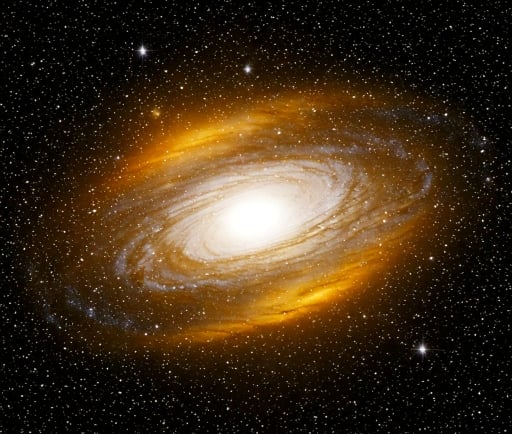NGC 1313: A Field and Irregular Galaxy


Introduction to NGC 1313
NGC 1313, discovered by the Scottish astronomer James Dunlop in September 1826, presents an intriguing study for both amateur and professional astronomers. This irregular galaxy, characterized by its unique structure, has a diameter of approximately 50,000 light-years, making it about half the size of our Milky Way galaxy. Situated within the expansive Virgo supercluster, NGC 1313 offers a valuable glimpse into the evolution of irregular galaxies.
Characteristics of NGC 1313
As an irregular galaxy, NGC 1313 lacks the distinct shape often found in spiral or elliptical galaxies. This irregularity can be attributed to gravitational influences from nearby celestial bodies, leading to its non-uniform structure. With a significant concentration of star formation, NGC 1313 displays regions of intense stellar activity, providing a vibrant canvas for observation. The galaxy's dim light and dust-filled regions contribute to its uniqueness and allure among astronomers.
The Significance of Studying NGC 1313
The exploration of NGC 1313 is crucial for understanding the life cycle of galaxies. This field galaxy serves as a cosmic laboratory, revealing the processes of star formation that illuminate the universe. By studying NGC 1313 and its interactions with surrounding galaxies in the Virgo supercluster, astronomers gain insights into how gravitational forces shape the structure and dynamics of irregular galaxies. Moreover, this research can provide hints regarding the evolutionary paths these celestial entities may take over billions of years.
In summary, NGC 1313 holds great significance as a field and irregular galaxy discovered over a century ago. Its characteristics and behavior offer countless research opportunities for scientists interested in the nature of the universe. As we continue to delve deeper into the cosmos, NGC 1313 will undoubtedly remain an essential subject of study, contributing to our understanding of the complexities of galaxy formation and evolution.
